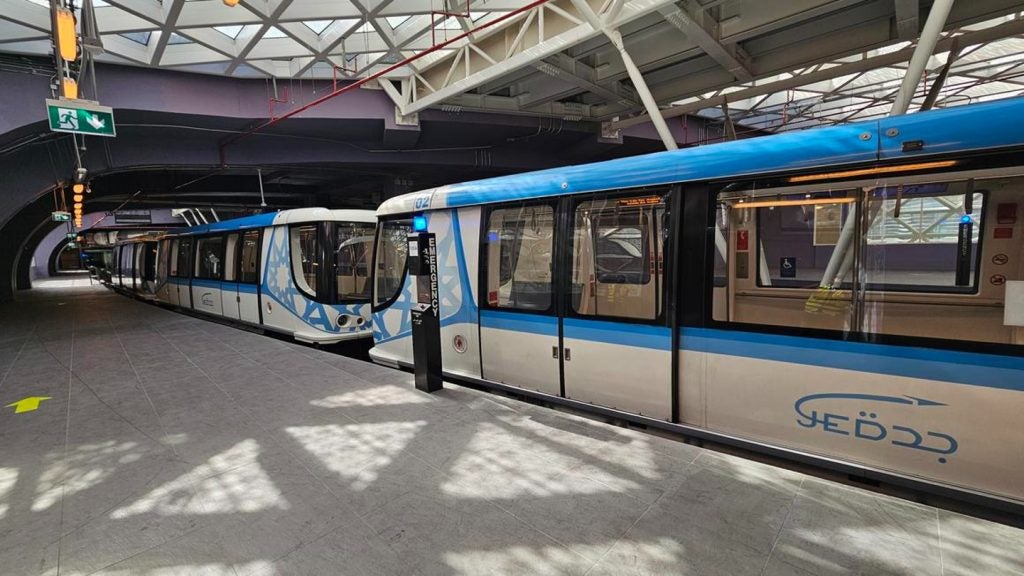A European consortium comprising Hitex, TWI, Transport Systems Catapult, TMB and Innovative Technology and Science is set to introduce a new system that can remotely detect possible failures in train doors, as well as predict their overall lifespan.
The predictive system project is known as Vibration analysis for Remote Condition Monitoring (VA-RCM) and is expected to be completed early next year.
Approximately 25%-50% of all train defects in Europe are currently found within the doors, while 70% of all passenger injuries reported worldwide are caused due to mechanical failures relating to train doors.
The new initiative uses vibration analysis algorithms to improve safety, as well as enhance operational efficiency by reducing the amount downtime for rolling stock operators in the rail industry.
The system detects problems within train doors by analysing any disturbances in their normal vibrations.
Unusual vibrations in the doors are generally caused when there is a defect, or when an external stimulus affects its normal mechanism.
How well do you really know your competitors?
Access the most comprehensive Company Profiles on the market, powered by GlobalData. Save hours of research. Gain competitive edge.

Thank you!
Your download email will arrive shortly
Not ready to buy yet? Download a free sample
We are confident about the unique quality of our Company Profiles. However, we want you to make the most beneficial decision for your business, so we offer a free sample that you can download by submitting the below form
By GlobalDataVA-RCM compares the vibration data to identify problems with train doors, as well as predict their lifespan.
All vibration data is procured remotely in real-time to enable operators to carry out targeted repairs, as opposed to adhering to a constant maintenance cycle.
Transport Systems Catapult project manager Sofia Sampethai said: “The VA-RCM project can reduce unexpected failures and incidents, which can cause carriages to be taken out of service, reducing capacity and causing disruptions to service.
“We can also provide a way to reduce maintenance costs through predictive systems.”
The project is being funded by the European Union’s H2020 research and innovation programme.






